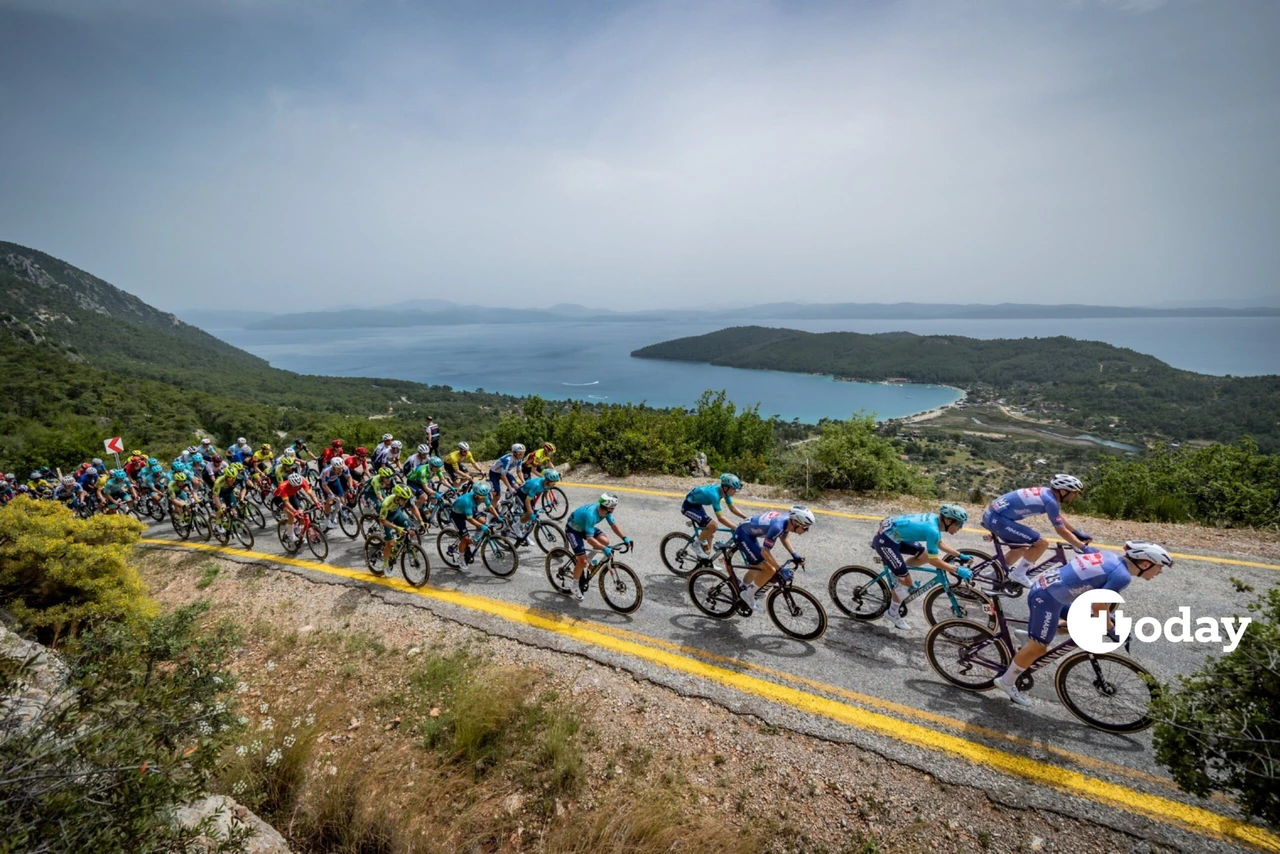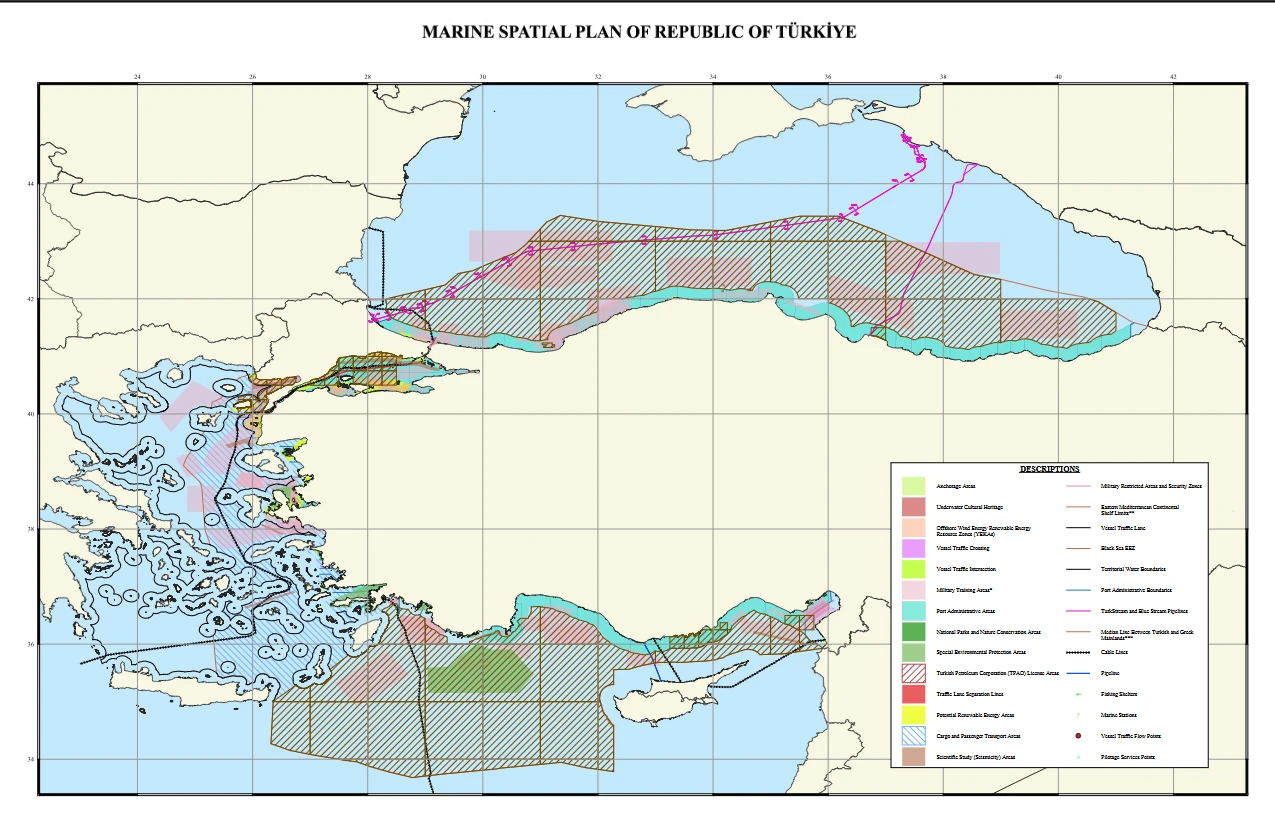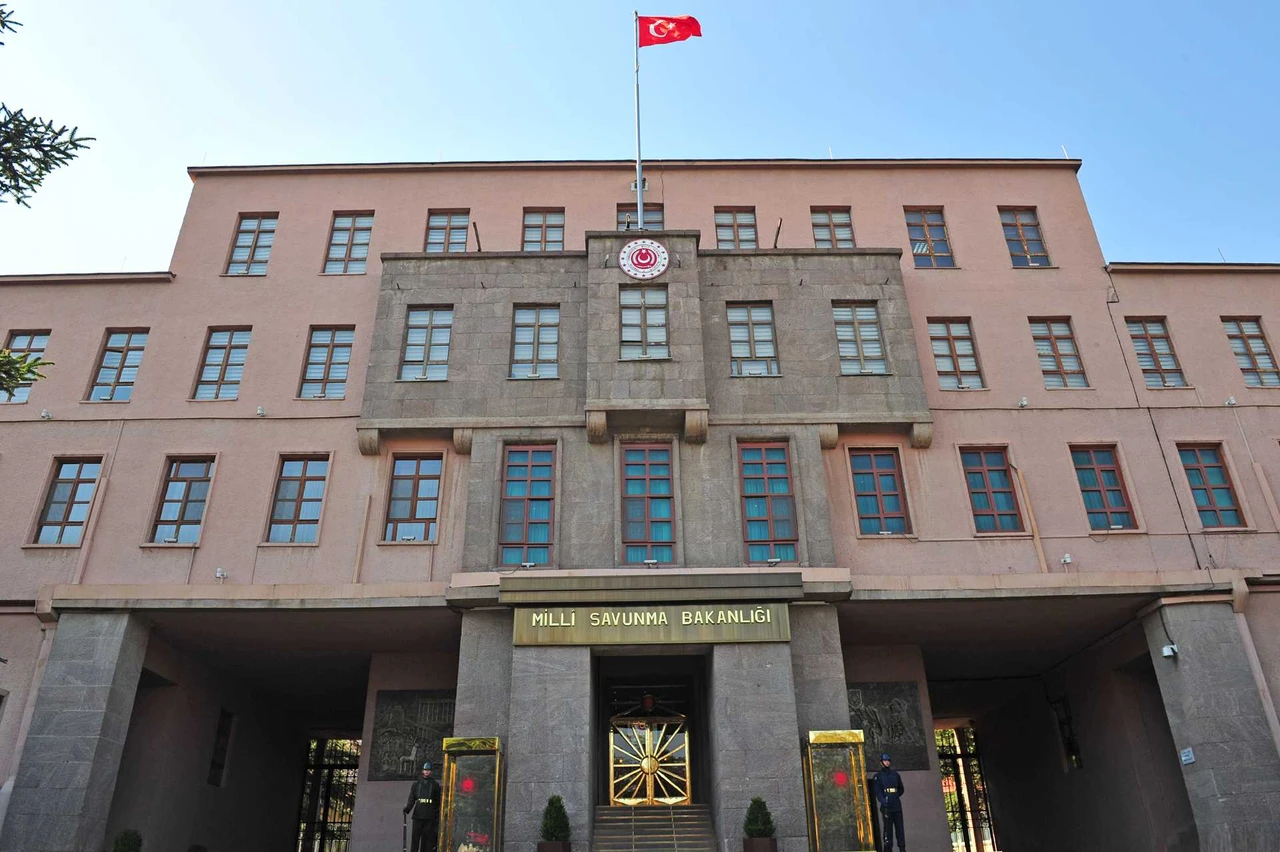Waves expose Archaic statue fragment in Kusadasi coastal area
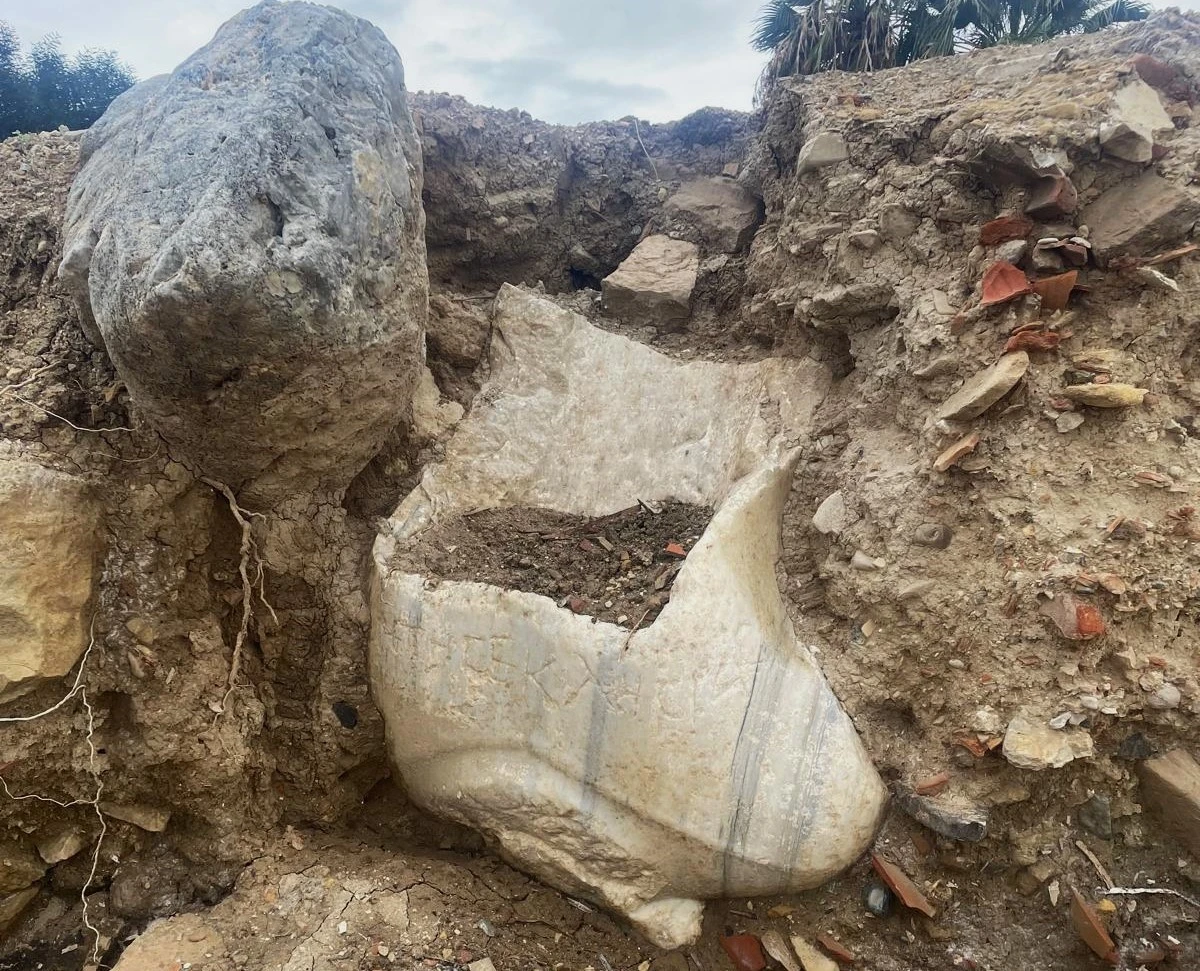 A fragment of an Archaic period Kouros (Young Man) statue was discovered in the coastal area of Kusadasi district in Aydin, eroded by the waves, Türkiye, February 13, 2025. (IHA Photo)
A fragment of an Archaic period Kouros (Young Man) statue was discovered in the coastal area of Kusadasi district in Aydin, eroded by the waves, Türkiye, February 13, 2025. (IHA Photo)
A fragment of an ancient Kouros (young male) statue has been uncovered in the coastal area of Kusadasi, Aydin, where waves have eroded the ground. The piece was spotted by Berkant Akbacak, a concerned local resident, who promptly reported it to the relevant authorities.
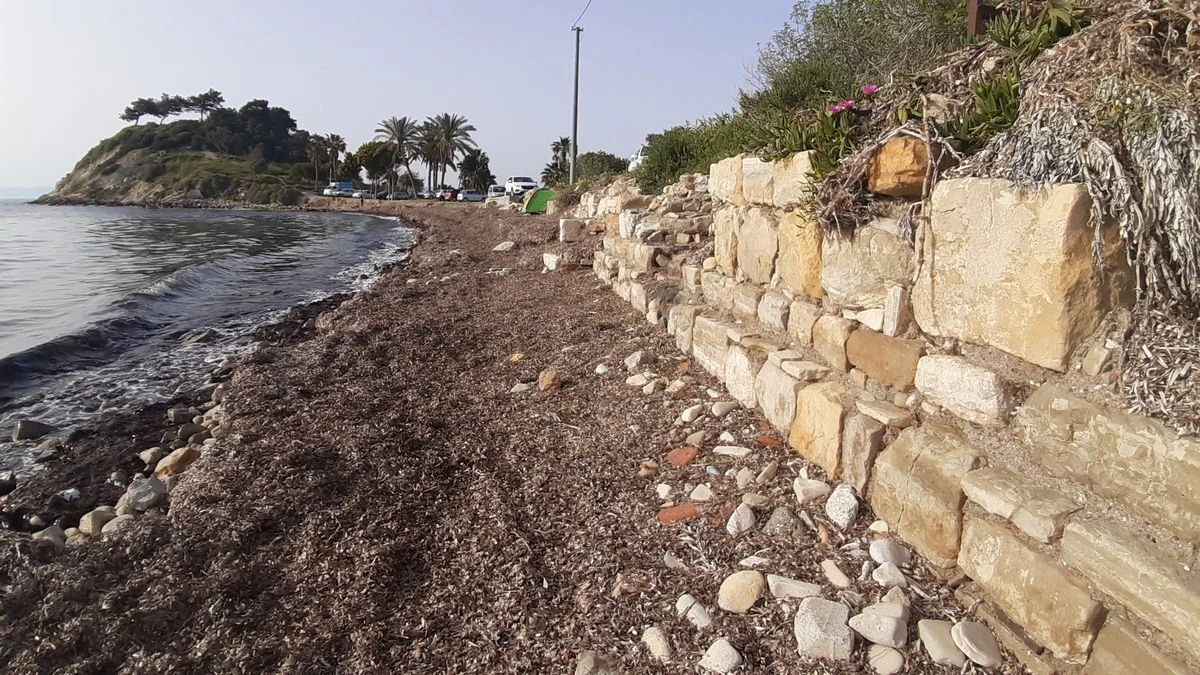
Experts investigate find in coastal area
Officials from the Ecosystem Protection and Nature Lovers Association visited the site for further investigation. Their findings suggest that the Kuros statue fragment was exposed due to erosion from the waves along the coast of Cape Yilanci, located on the western side of the peninsula.
The fragment, which was not in its original location, was identified as a piece of a statue that had been repurposed during the Byzantine period wall. It was confirmed that the statue had been scraped and used as construction material during that time.
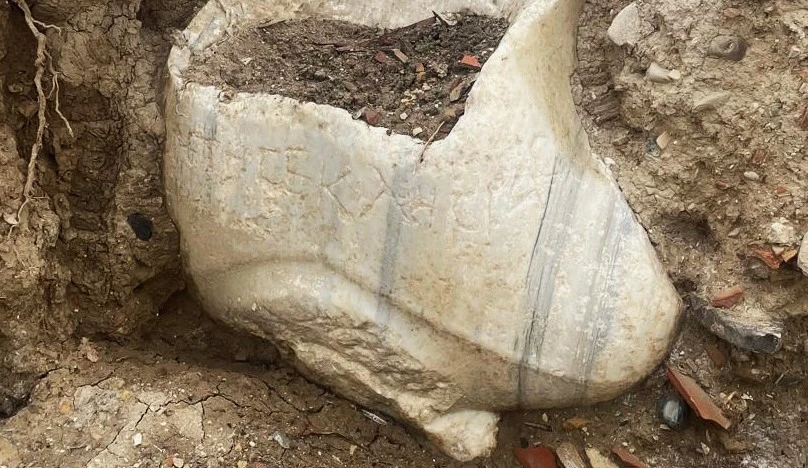
Key features of Archaic Kouros statues: Origins, characteristics and evolution
The Archaic period Kouros statues are representations of young men, typically depicted in the nude. Initially, these statues were thought to represent the god Apollo, but it is now believed that they were created for mortals, as they have been found in various locations like temples, agoras, and necropolises. Therefore, they were likely erected for mortals who were victorious in competitions or honored as heroes.
Kouros statues were found on both sides of the Aegean, making it difficult to pinpoint their exact origin. However, it is possible that they first emerged in the Peloponnese, considering that the earliest athletic competitions were held in Olympia.
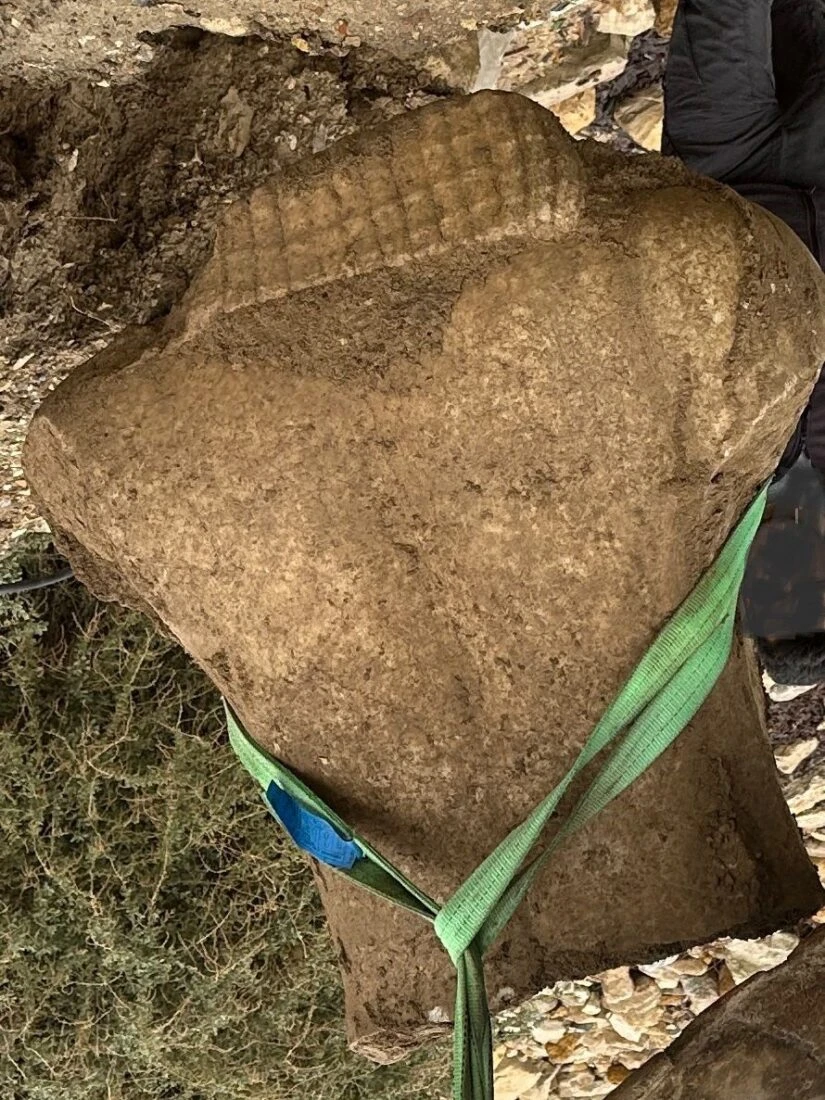
These statues usually resemble human proportions but can sometimes be larger, such as the Dipylon Kouros (2.5 meters), the Sunion Kouros (3.05 meters), and the Kleobis-Biton Kouroi (2.16 meters).
The typical Kouros figure stands in a frontal position, with one leg forward and arms extended downward, fists clenched. The first example of this style is believed to be the Delphic Kouros. The figure stands with equal weight distribution on both legs, characteristic of seventh century B.C. art. Over time, fewer examples of this style were created, with later examples like those found in Delos exhibiting slight changes in detail but no major developments due to the lack of fully preserved works.
